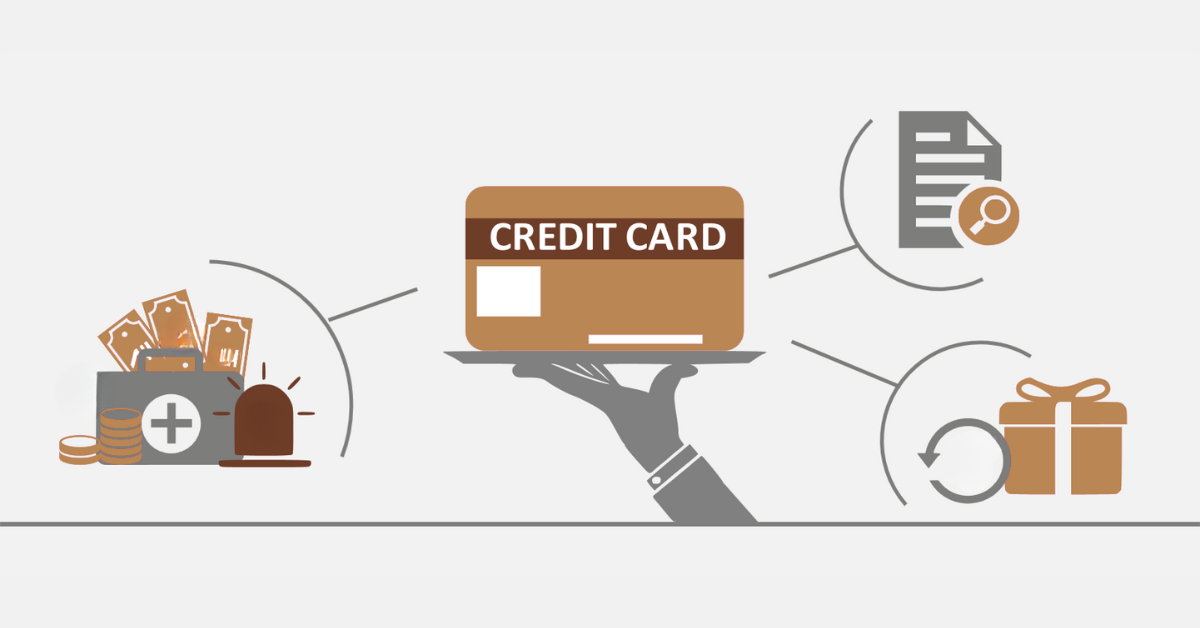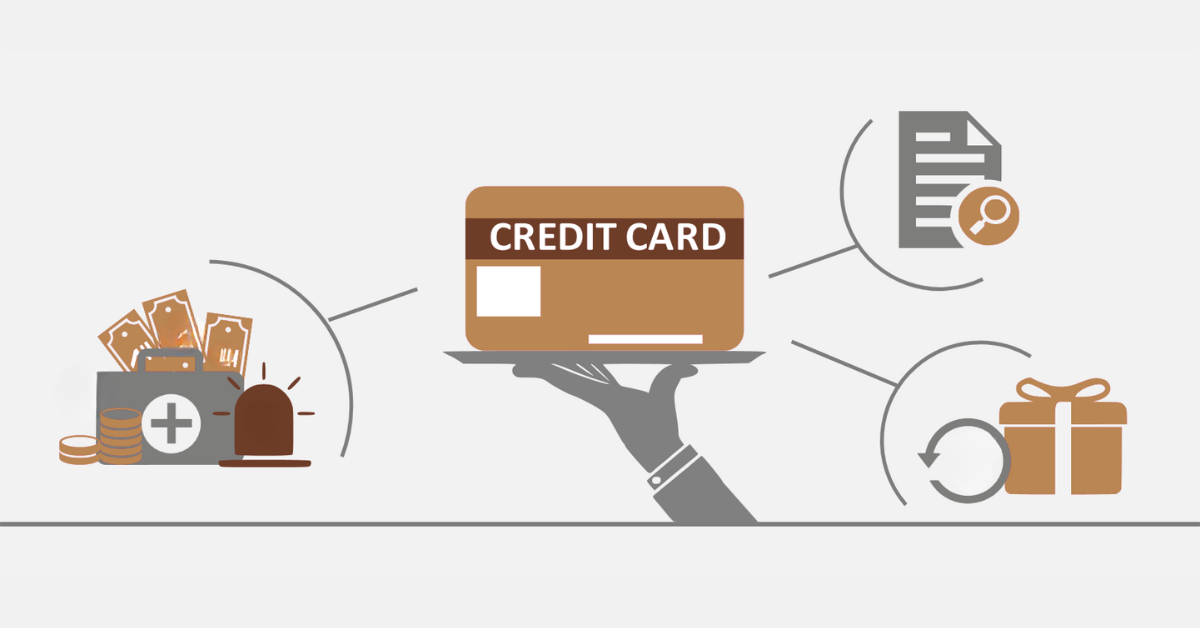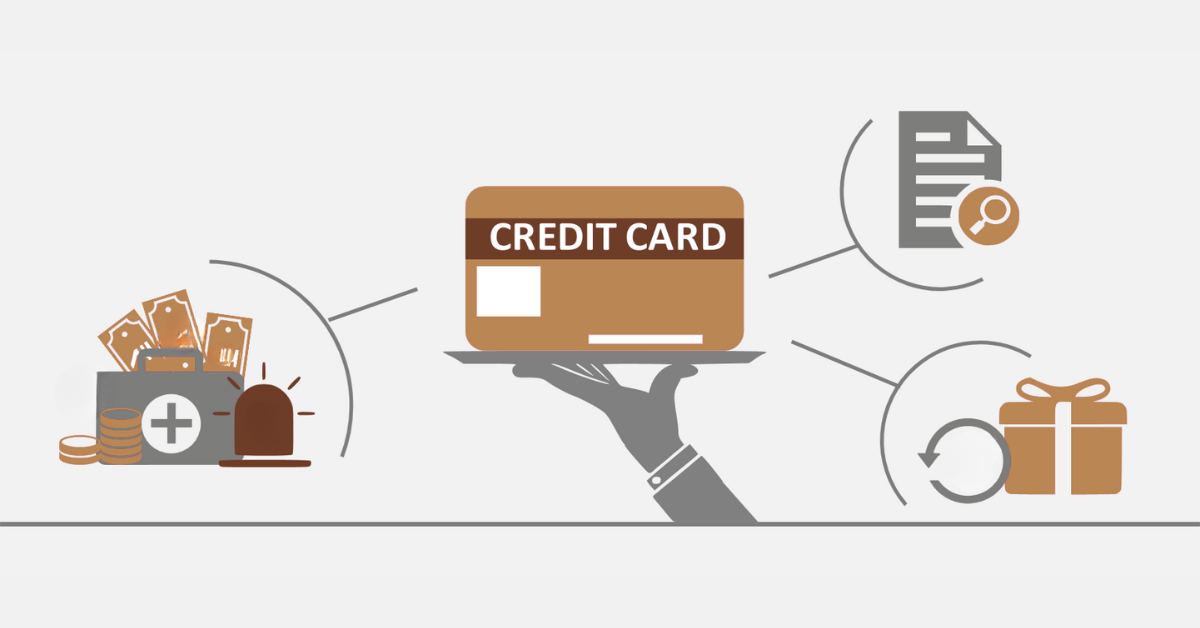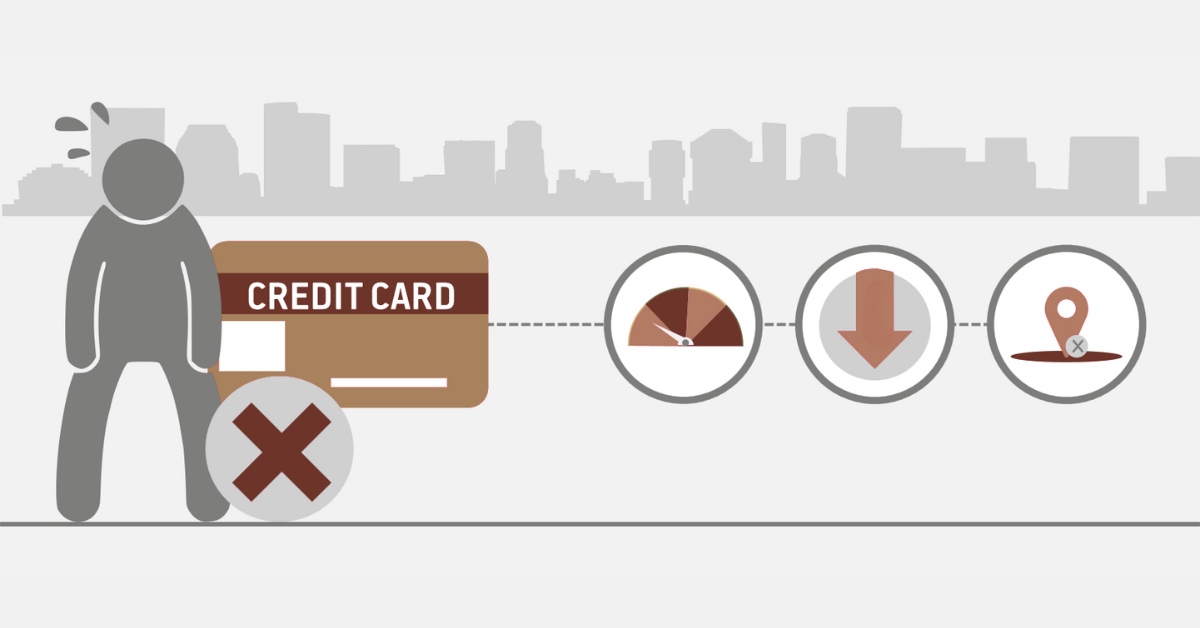Credit cards are meant to be the most normally utilized financial instruments in modern financial transaction circles. Membership credit cards, though, remain one of the best-regarded alternatives to make financial transaction dealings easy and secure. This is, however, not to stipulate that they are damage-proof. One of the highly observable concerns is the possible harm caused by magnets. This article delves into the issue of the susceptibility of credit cards to magnetic fields, how that damage is likely to occur, and probable ways in which a person may protect his cards. Understanding the relationship between magnets and credit cards
Can Magnet Damage Credit Card?
Magnets can be very destructive and can even destroy credit cards. If a credit card is magnetic, a strong magnetic force from a strong magnet can ruin it. On a credit card’s magnetic strip, there is usually some crucial information, like the cardholder’s name, the account number, and other information crucial for carrying out various transactions.
A strong magnetic field can also destroy or scramble encoded data. This interference may render the card unreadable by the payment terminals, which may mean an inconvenience or even a financial disruption for the cardholder. Note that the EMV Chip Card is stronger in such damaging situations.
How Do I Protect My Credit Card from Magnets?
To protect your credit card from magnets and ensure the magnetic strip remains intact, consider the following measures:
- Use protective sleeves or holders to store your card, which are designed especially for protection against magnetic fields.
- Proper Card Placing: Leave a space in the wallet or pocket to take in the number of credit cards without coming into contact with other items that might magnetize them.
- Avoid Strong Magnets: Be mindful of magnetic money clips or purse clasps that could demagnetize your card.
- Manual Entry as Backup: Merchants can manually enter the card number for transactions if a card becomes unreadable.
How Close Can a Magnet Be to a Credit Card?
It depends on the distance within which the magnet can start affecting a credit card, but commonly, at least one inch should be left between the magnet and a credit card to avoid any danger. In general, the risks of getting demagnetized depend on the magnet’s strength and exposure time. For example, short contact with weak magnets will hardly ever cause any problem, but continuous exposure or strong magnetic contact—such as what occurs in an MRI machine—could cause demagnetization.
Remember that although many everyday items, such as a purse clasp or holders for your cell phone
Why Do Magnets Erase Credit Cards?
The credit card is designed to store the data with metal stripes at the back. The stripe contains the cardholder’s name, account number, expiration date, credit limit, some number of the card, and information regarding card usage. In such a way, any material with a magnetic field that comes into contact with the magnet will reorder the particles in the strip and conduct demagnetization. The process can wipe or scramble the information so the card is unreadable.
The specific effect a magnet will have on a credit card depends on how close and exposed the magnet is to the card. The longer a card has been left exposed to a magnet, especially if it’s an inch or closer to a magnet, the more likely the magnet is to wipe information on the magstripe. In general, multiple long-term interactions with a magnet are needed to cause harm to your card.
Some good news, though: recently, cards with EMV chips, when hit by magnets, are not subject to deformation. Modern chips are more resistant to shocks and help render transactions to the highest order of accuracy. Don’t worry about magnetic damage if your card supports an EMV chip. But if you have traditional cards with magnetic strips, be more careful, as they are much more demagnetizable.
How Do You Know If Your Card Is Demagnetized?
Determining if your credit card has been demagnetized involves a few simple observations and tests:
- Failed Swipes: If your card consistently fails to work in card readers, it strongly indicates demagnetization.
- Inspection: The magnetic stripe shall be inspected physically for damage or irregularity. It may be worn or scratched.
- Multiple Terminals: Try your card in numerous terminals. If you still get an error in various machines, then the stripe is said to be demagnetized.
- Magnetic Fields: Run a magnet over the stripe and check for any magnetic field.
However, if you suspect card demagnetization, call your bank to confirm and ask for a replacement. You can also manually write and enter the card number until the new one arrives.














